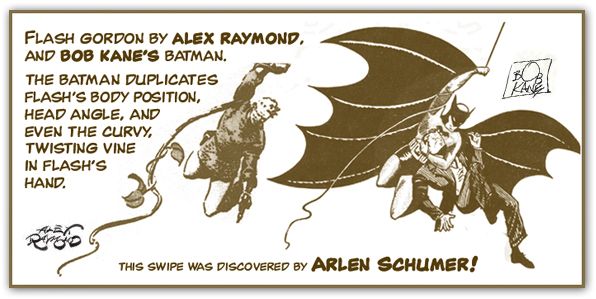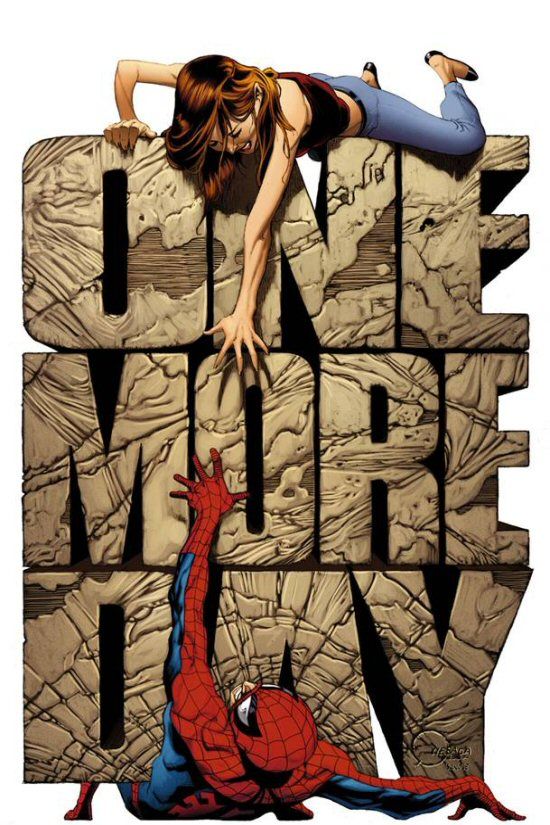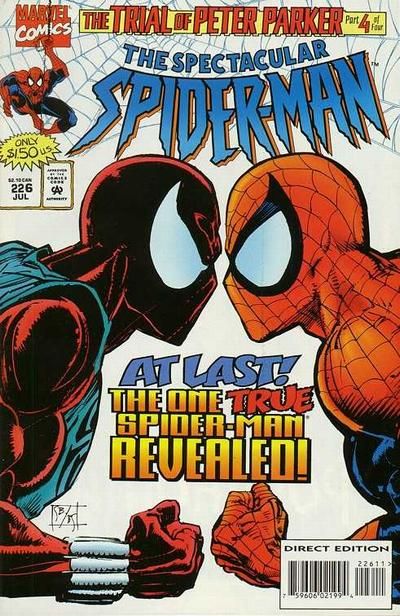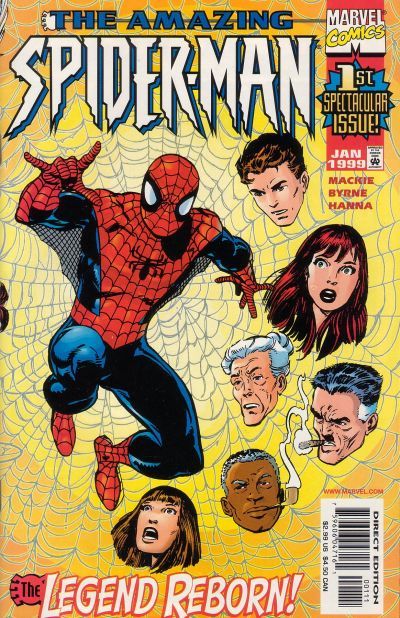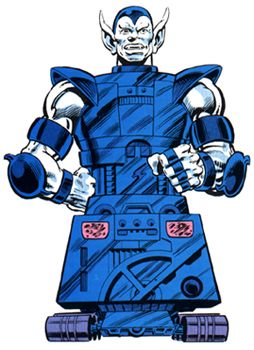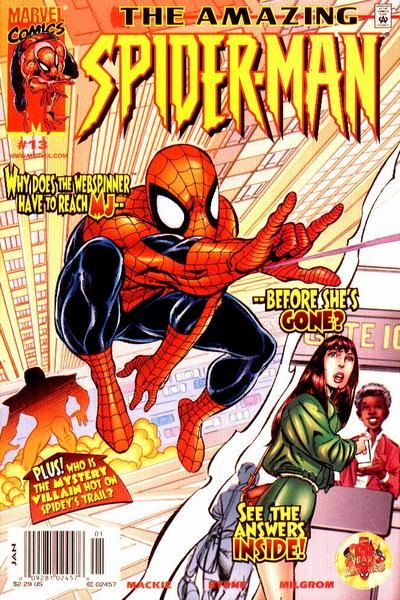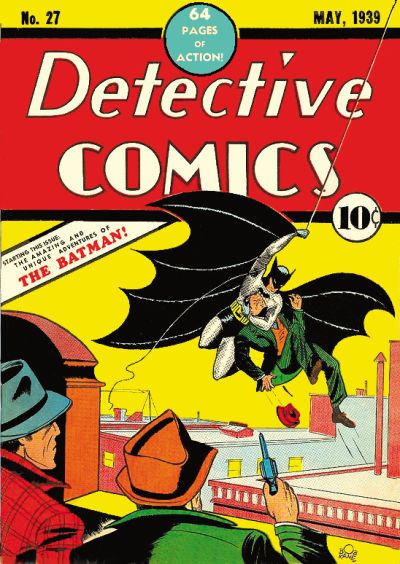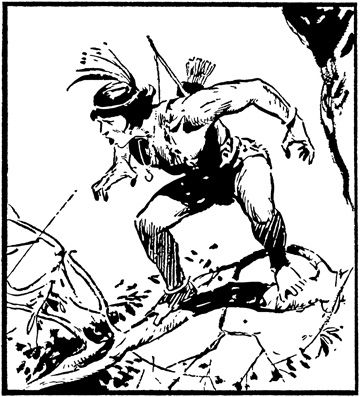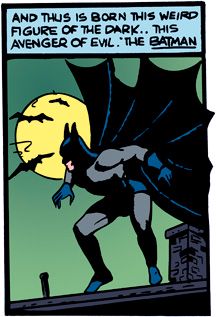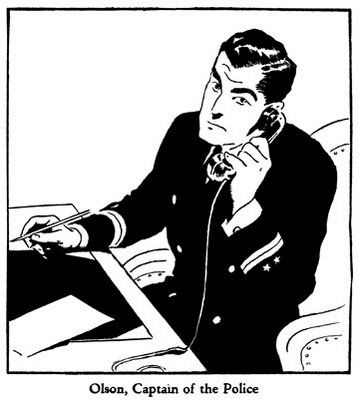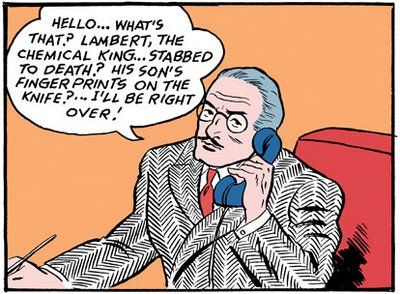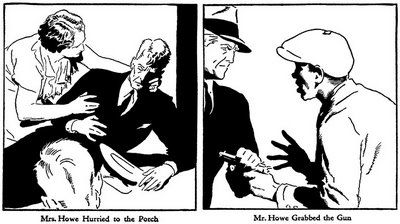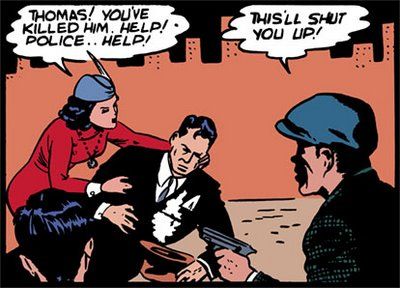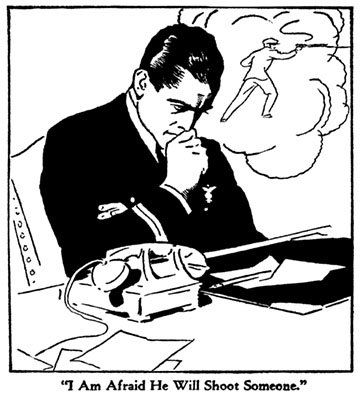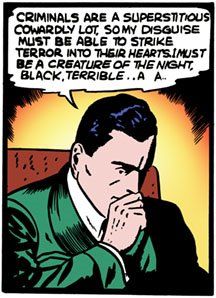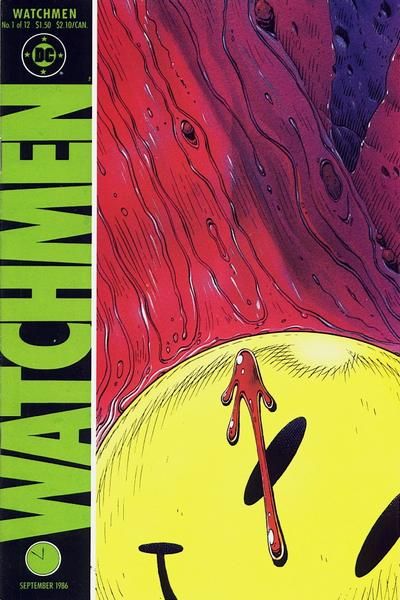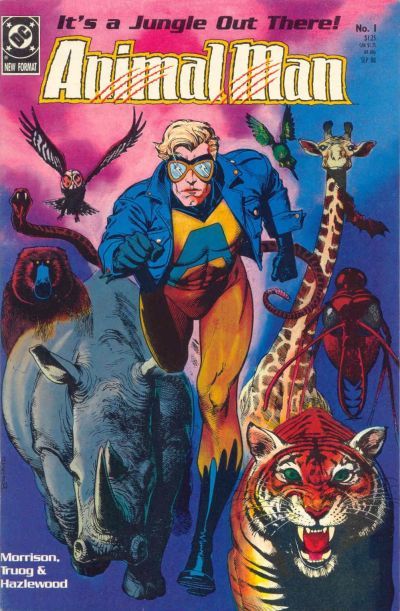This is the one-hundred and seventy-third in a series of examinations of comic book urban legends and whether they are true or false. Click here for an archive of the previous one-hundred and seventy-two. Click here for a similar archive, only arranged by subject.
Let's begin!
COMIC URBAN LEGEND: Howard Mackie and John Byrne had also planned on erasing the marriage between Peter Parker and Mary Jane Watson.
STATUS: True
Recently, reader Larry asked me if it was true that John Byrne and Howard Mackie had planned their own version of One More Day to erase the Spider-Man marriage during their run of Amazing Spider-Man, as well.
It is true, Larry.
Not for nothing, but ever since the early 1990s, writers at Marvel had been trying to do what One More Day eventually DID do, which is make Spider-Man single again.
First, they tried the Clone Saga...
Later, when Byrne and Mackie were doing Amazing Spider-Man....
they also considered how to get a single Spider-Man back into the comic, and an idea that they considered briefly (according to Byrne on his helpful website/forum, Byrne Robotics) was the Shaper of Worlds.
The practically omnipotent being would come upon Spider-Man during a particularly rough patch in Spidey's life (think Miller's Born Again) where Spidey is bemoaning his present and thinking back nostalgic to his past.
The Shaper would then, well, shape reality and return Spider-Man to his classic status quo, a clear reboot, essentially (including the supporting cast, as well).
For some time, Spider-Man would not realize anything was different, but ultimately he would and he would challenge the Shaper, say this is not what he wanted - the Shaper would tell him he could not help him, once shaped, he can't unshape it.
So that would be the end of it - it wouldn't be mentioned again (during their run, of course).
Ultimately, they decided against it, and instead went with a "Mary Jane may have died in a plane explosion" storyline instead to get a more or less single Spider-Man.
So while Byrne and Mackie's story is certainly better than One More Day (specifically the whole "not involving Peter voluntarily surrendering his marriage" thing), it is still a surprisingly metaphysical story for a Spider-Man comic, much like One More Day.
Anyhow, that's the deal, Larry!
Thanks to Larry for the question and thanks so much to John Byrne for being so forthcoming with his past plans on Amazing Spider-Man!
COMIC URBAN LEGEND: Most of the famous early Batman drawings by Bob Kane consisted of swipes of other artists.
STATUS: True
This seems to come up often, but my idea of what is known seems to basically bear little resemblance to what the general consensus is, so you'll get stuff like me casually making reference to the fact that much of Batman's early appearances were Bob Kane swipes.
Reader Kid Kyoto quite rightfully asks:
Hmm? Has this already been featured? I'd like to hear more.
He's right, this SHOULD have been featured, so here ya go!
Two notable sources have existed to point out early Kane swipes, and Robby Reed on the great Dial B For Blog collected both of them, Arlen Schumer (in Comic Book Artist #5) and DSK of the amazing historical resource, The Vallely Archives, a site devoted to the re-discovery of the work of Henry Vallely, a popular artist of the first half of the 20th century.
Schumer points out this Alex Raymond swipe that made up the Batman figure on the cover of Detective Comics #27.
DSK points out this Hal Foster swipe (DSK thought it was Vallely at first, but then discovered the original drawing was Foster, instead).
DSK then points out the following Vallely swipes (more at DSK's website)...
Robby Reed points out some more on Dial B for Blog here.
Pretty amazing stuff, no?
And this is only what's been FOUND!
There's a very good chance that more swipes were done but just have not been found yet.
Okay, thanks to Kid Kyoto for reminding me to do this, Robby Reed for the excellent collection of information and Arlen Schumer (and Comic Book Artist) and DSK for all their research!
COMIC URBAN LEGEND: Watchmen was originally going to be a six-issue mini-series before its success led to an extension to a twelve-issue series.
STATUS: False
Reader Francis asked:
Is it true that Watchmen was originally written as a 6-issue series, and Alan Moore was asked to expand it to a 12-issue series when it proved successful?
Now, Watchmen #1 is clearly marked as #1 of 12, so on the face of it, Francis' question is false.
However, Grant Morrison's Animal Man was written as a four-issue mini-series, but it was so good that DC turned it from a mini-series into an ongoing series before the first issue was published.
Therefore, it is certainly possible that "proved successful" might have meant "proved successful with the higher-ups at DC who felt the book should be expanded."
So I asked Len Wein, the original editor of Watchmen, if there was any validity to the question and he gave me the rather prompt and to the point reply:
Not a thing to it. Watchmen was always intended to be 12-issues. Imagine how odd the pacing would have been if it started out as 6 and then had to be expanded by 6. We were following the same format as Camelot 3000, which was also 12 issues.
So there you go!
EDITED TO ADD: Both CBR's Andy Khouri and reader Drew Melbourne wrote to me to point out where they think the confusion came from, this interview with Alan Moore:
"When the opportunity arose to do things that were longer than a two- or three-issue run of a 24-page comic, it was just a case of imagining the structures. With Watchmen, a 12-issue miniseries seemed to be a fairly popular length. Dave Gibbons and I were able to work out a story that fit comfortably into that 12-issue length. Admittedly, that was probably the first time I'd attempted anything like that, so I probably misjudged the amount of plot that would fill 12 issues. I probably got six issues of plot when I started Watchmen. When I realized that, at the end of the first issue, we solved the problem by interspersing the more plot-driven issues with issues that gave kind of a biographical portrait of one of the main characters."
Thanks to Francis for the question and thanks so much to Len Wein for the answer! And thanks to Andy and Drew and Locus Magazine for the clarifying information!
Okay, that's it for this week!
Thanks to the Grand Comic Book Database for this week's covers!
Feel free (heck, I implore you!) to write in with your suggestions for future installments! My e-mail address is cronb01@aol.com.
See you next week!

